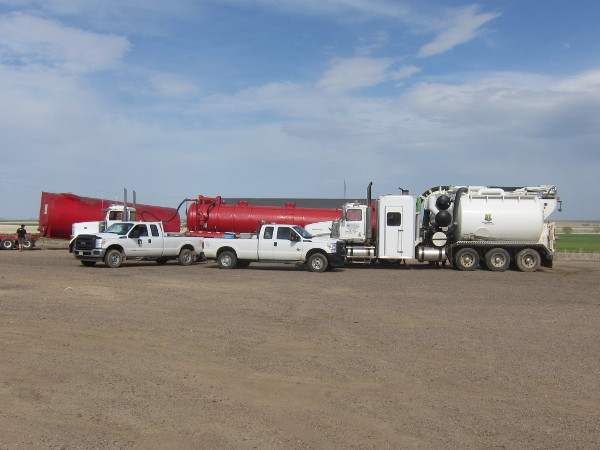What is Corrosion Protection?

Corrosion is often deemed the arch-nemesis of metallic structures. Its insidious character leads to the deterioration of pipelines, storage tanks, marine structures, among other metallic installations. The conundrum then is, how can we shield these invaluable assets?
The solution lies within the realm of Corrosion Protection. This article aims to provide an in-depth understanding of what it entails and how it fortifies metal structures against relentless assault.
Understanding Corrosion

To grasp the concept of Corrosion Protection, understanding corrosion is imperative. It is a natural phenomenon that metamorphoses refined metals into a more chemically stable form such as oxides, hydroxides, or sulfides. This transformation occurs when a metal reacts with its environment, culminating in the gradual degradation of the metal structure.
Unveiling Corrosion Protection
Corrosion Protection is an electrochemical process employed to thwart corrosion in metallic structures. It changes the metal surface from being corroded to being protected. Corrosion protection works by placing the structure to be protected as the negative electrode in a cell. A sacrificial metal acts as the positive electrode.
Corrosion Protection can be divided into two categories:
Galvanic Corrosion Protection
In Galvanic Corrosion Protection, a sacrificial anode created from a metal that’s more electrochemically “active” than the structure to be protected is physically affixed to the structure. This sacrificial anode willingly relinquishes its electrons to the less active metal, thereby undergoing corrosion itself and protecting the structure.
Commonly used materials for sacrificial anodes encompass zinc, magnesium, and aluminum. Galvanic Corrosion Protection systems demand no external power source and are frequently employed to shield small, isolated structures due to their limited driving voltage.
Impressed Current Corrosion Protection
Impressed Current Corrosion Protection (ICCP) utilizes an external power source. This power source furnishes a direct current to the anode, compelling it to deliver a protective current to the structure. The anodes in ICCP systems are typically forged from materials such as graphite, cast iron, and mixed metal oxides, which are resilient to corrosion.
ICCP systems are intricate and necessitate meticulous monitoring and regulation. However, they are exceedingly efficacious in providing protection to large structures, buried pipelines, and marine installations.
Design and Execution of Corrosion Protection
Creating a Corrosion Protection system requires deep knowledge of electrochemistry, material science, and the environment where it will be used. Various factors come into play, including the type and size of the structure, soil resistivity, the presence of stray currents, and the structure’s intended lifespan.
Once designed, the corrosion protection system must be accurately installed to ascertain maximum protection. Regular maintenance and inspections are vital to verify the system’s effectiveness and to make requisite adjustments.
The Crucial Role of a Corrosion Protection Engineer
A Corrosion Protection engineer is instrumental in shielding metallic structures from corrosion. They design, execute, and monitor the systems to ensure they furnish optimal protection. They must harbor a comprehensive understanding of the principles of electrochemistry, the nature of the structure to be protected, and the environment in which the structure operates.
In conclusion, Corrosion Protection is an indispensable technology in the crusade against corrosion. Corrosion Protection helps prolong the lifespan of metal structures, prevents environmental damage, and saves money on repairs and replacements. By understanding and utilizing this technique, we can achieve these benefits.
